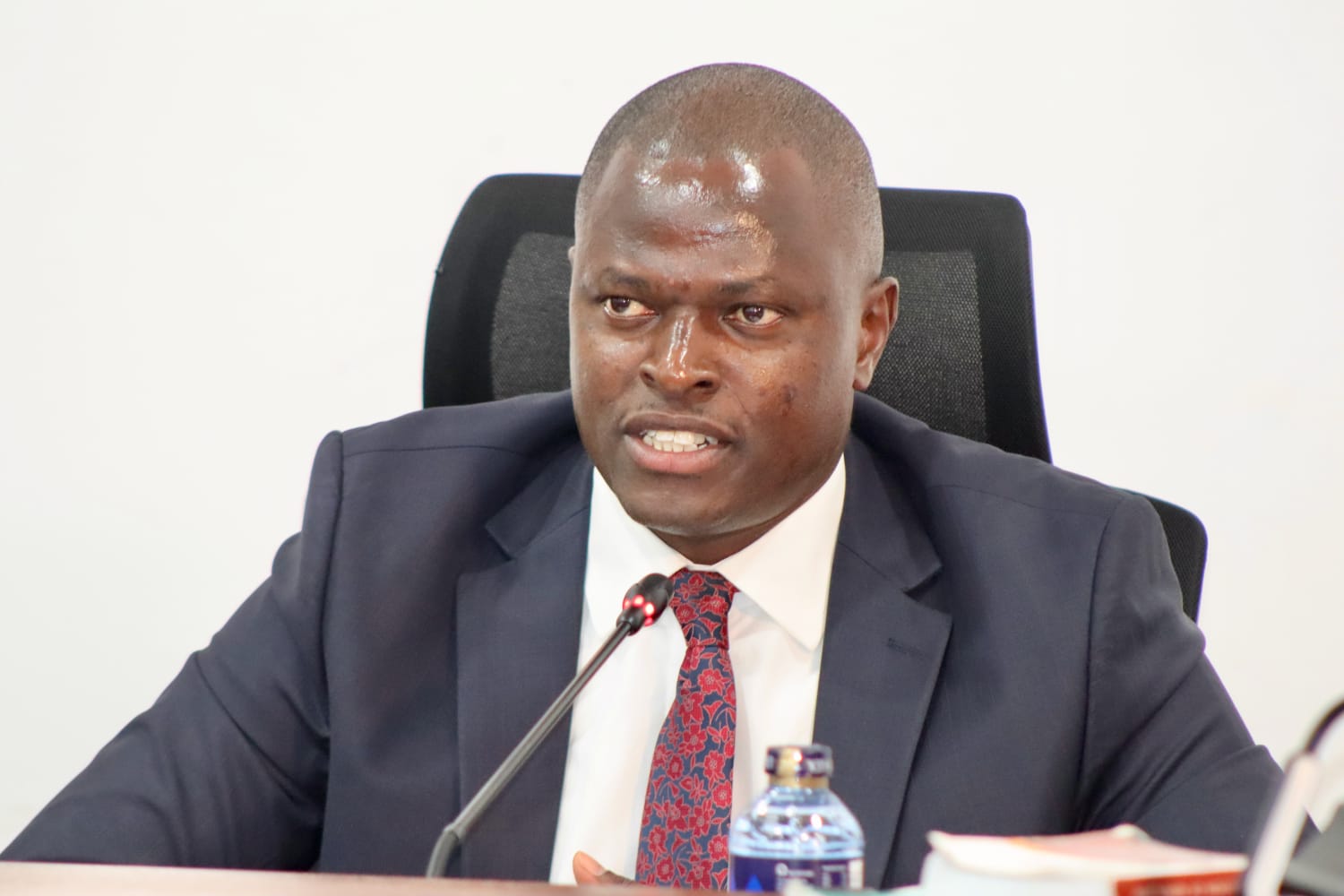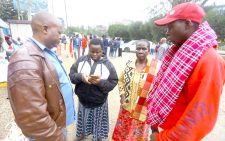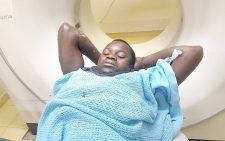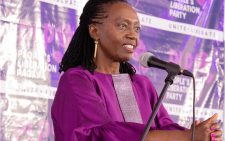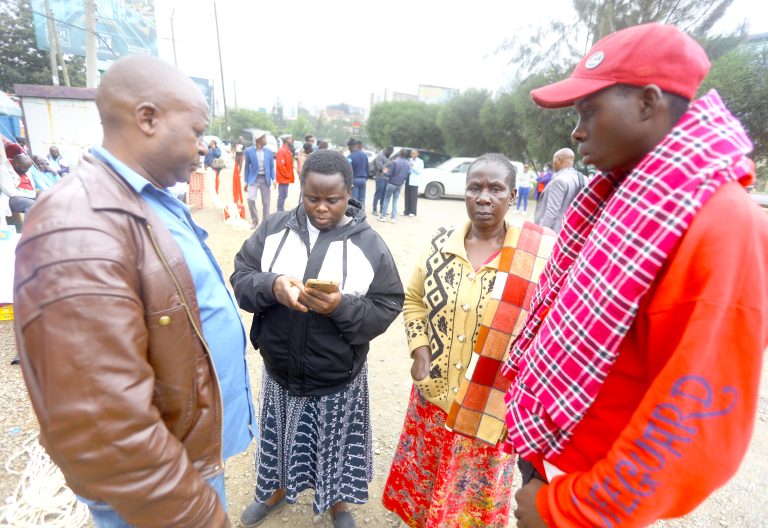Changing face of city, thanks to Handshake
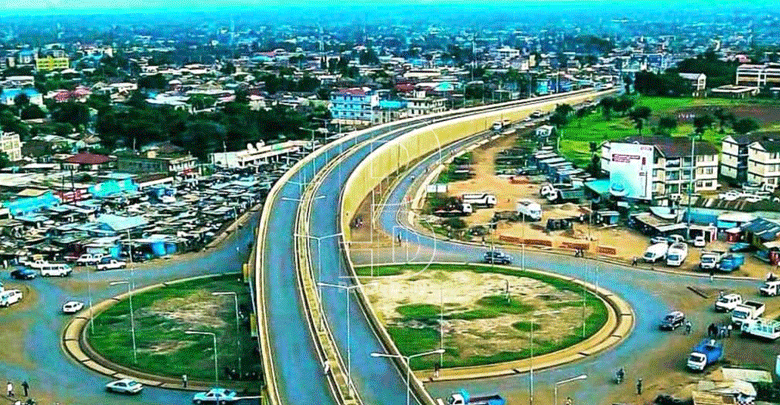
Kisumu, hitherto known for deadly gangs, and which is currently hosting President Uhuru Kenyatta, Burundian President Evariste Ndayishimiye, former Prime Minister Raila Odinga and many other dignitaries has not witnessed any ugly security incident or breach in the last two days.
The relative calm and tranquility has partly been attributed to the cordial relationship between the President and Raila, and better security planning.
On February 19, Uhuru, while commissioning Kayole Hospital in the densely populated Nairobi’s Eastlands area, remarked that since the March 9, 2018 Handshake, the country has witnessed unprecedented peace.
The President said: “Sasa hapa Babu Owino amekaa hapa. Kama siyo Handshake sasa angekua ananitupia mawe huyu kijana huyu (Babu Owino is now seated here. Were it not for the Handshake he could have been stoning me now)”
Kisumu County Commander Samuel Kanampiu said no incident had been reported despite the multitudes flocking into the lakeside city for the Madaraka Day celebrations.
“We have talked to them and now we work quite well. We will, however, have to limit the number of people accessing the venue for the Madaraka Day celebrations,” the commander said.
However, one of the challenges identified is crowd control. “The larger the crowd, the greater the security challenge and the need to plan better,” Kanampiu said.
The risks posed by the crowds depend on the expected audience, the type of audience and availability of alcohol and drugs among other things.
Reports indicated that some politicians would give the youth bhang and local brews to disrupt meetings. Kanampiu allayed fears, saying the situation is under control.
A joint team of officers drawn from all the national security agencies was deployed to the county.
The advance party had been in the county to conduct, among other things, threat and risk analysis that was used in drafting the security plan and tasking.
“Each agency knows what its responsibilities are and to whom they should report to,” another State official said.
Since the Handshake, besides the sporadic terror attacks, the country has experienced relative peace. In an earlier interview last year, Interior Principal Secretary Karanja Kibicho said the cost of police operations, especially in handling riots and demonstrations had substantially reduced.
“The country was on the verge of civil war shortly before the Handshake. The funds are now used in core policing matters,” he said.
Expected audience
Considered the bastion of opposition politics, Kisumu was treated a “pariah” city, with successive governments leaving it to its devices.
“For many years the government was hostile to the people of Nyanza, as they were perceived to be in Opposition and that was why no meaningful development took place in the region. But now Handshake goodies are transforming the region. That is why you are seeing improved infrastructure across Nyanza,” said Raila.
The Orange party leader also attributed the development to the Grand Coalition Government of retired President Mwai Kibaki, which he served in as Prime Minister.
There has been a sustained effort by the county governments to re-brand Kisumu as an attractive investment and tourism destination in the Western Kenya circuit.
Lately, it has become a major hub for conferences in Western Kenya with considerable expansion of hotels and construction of the road network.
Indeed, had it not been for the Covid-19 pandemic, Kisumu would have in April hosted the 2021 Africities Summit that was expected to have attracted 8,000 participants.
Political tension in the country has posed serious security challenges to the authorities in the past. One of the deadliest confrontations, the Kisumu Massacre, was in October 1969.
From 1965, Jaramogi Oginga Odinga became increasingly sidelined in government and was compelled to resign and form his own political party, the Kenya People’s Union (KPU).
Political tension in the country was at its peak and it was these events that set stage for the massacre.
In July 1969, Tom Mboya was assassinated and four months later, President Jomo Kenyatta visited Kisumu to inaugurate the New Nyanza Provincial General Hospital that had been funded by the Russian government.
Kenyatta decided to stamp his authority despite the tension and the crowd became hostile, openly challenging him and showing support for KPU. A war of words ensued between the President and Oginga, and a riot started. Several people were shot dead. Kenyatta never returned to Kisumu until his death in 1978.
Police headquarters yesterday said officers had been adequately deployed in the city and its environs.
The advance party from different security agencies had conducted assessments that involved identifying potential threats, including common crimes like robberies and assaults, fires, vandalism, protests and even terrorism.
It also involved gauging potential damages from such threats, determining likelihood of occurrence, and also planning how to prevent the threats.

